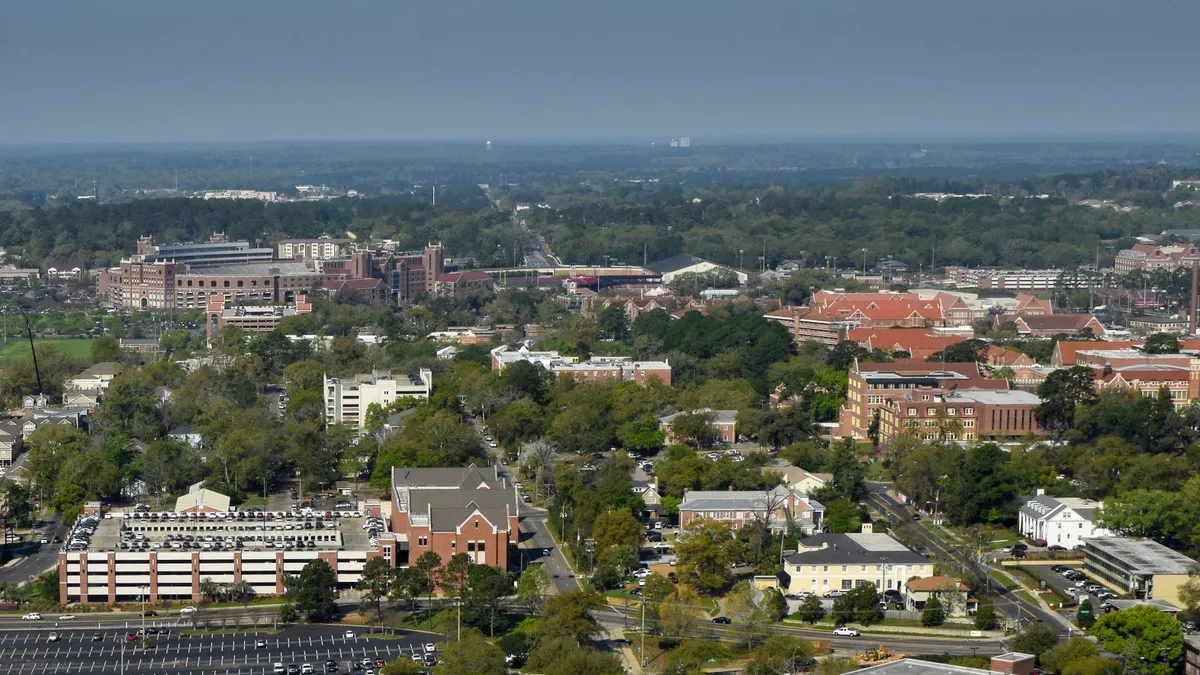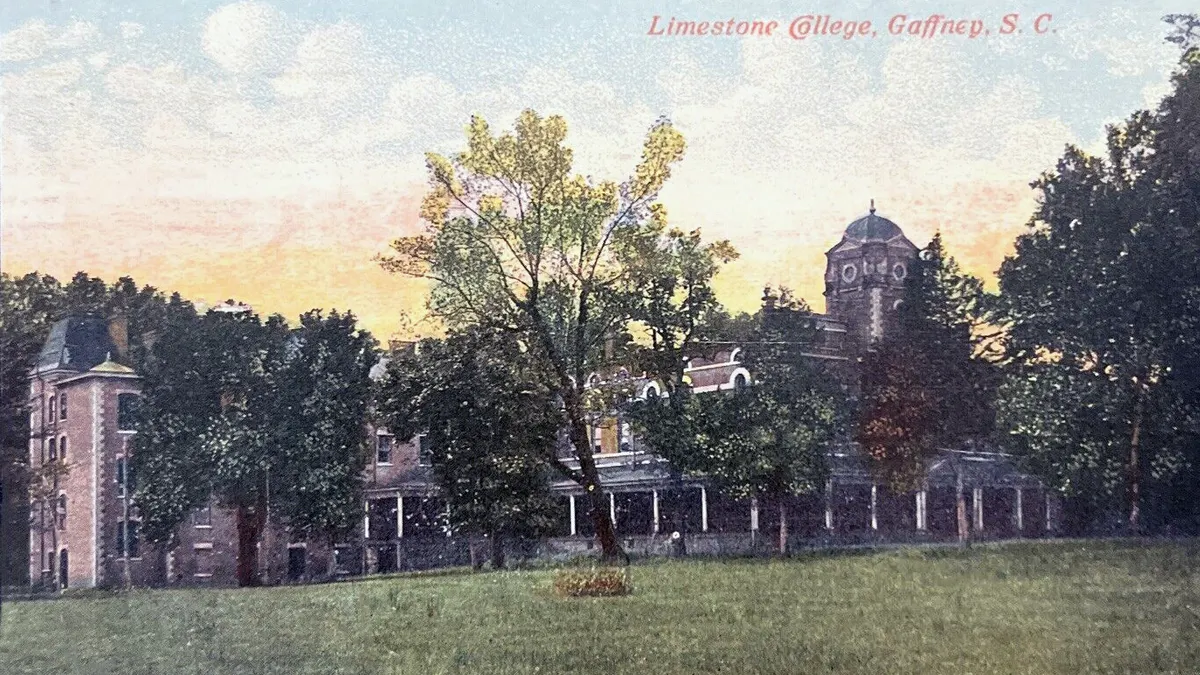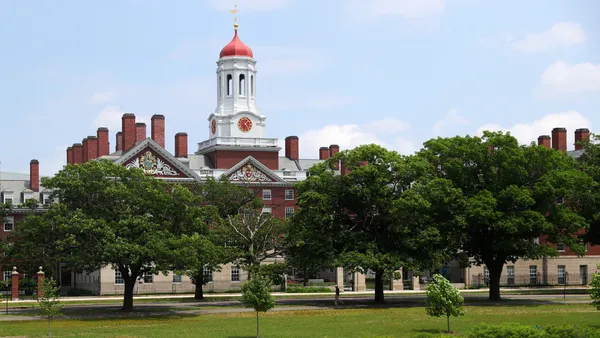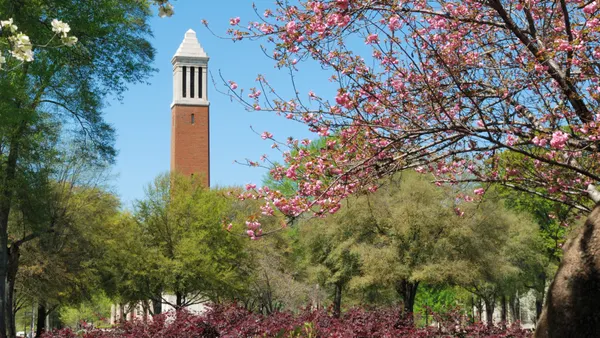The last decade was hard on state funding for research institutions. In fact, a report released by the National Science Board found that 43 states saw reduced funding from 2002 to 2010 at major public research universities.
The finding was based on the amount of money each state gave schools per student enrolled. Colorado had the largest drop, with a 48% decrease in funding per student, as a nationwide increase of 13% in university enrollment between 2002 and 2010 contributed to the trend.
North Carolina was the only state without an increase or decrease in funding, and six states, including New York, Wyoming, Alaska, North Dakota, Louisiana and Delaware, saw funding increase.
“These premier universities are the envy of the world,” said Dr. Dan Arvizu, the Chairman of the National Science Board and Director of the National Renewable Energy Laboratory in Colorado, said in a press release. “They play a central role in ensuring that the nation can innovate and compete globally, and they contribute to the economic vitality of their states and to the nation’s future prosperity.”
Here is a rundown of the 10 states that experienced the greatest decreases in per student funding:
1. COLORADO
Decrease in per student state funding: 48%
State’s research institutions (2): University of Colorado Boulder; Colorado State University-Fort Collins
Research accomplishments: The University of Colorado-Boulder recently announced findings on the endangered greenback cutthroat trout. The research studied DNA of the trout from the past 150 years and tracked cutthroat strains in Colorado.
2. RHODE ISLAND
Decrease in per student state funding: 47%
State’s research institutions (1): University of Rhode Island
Research accomplishments: The University of Rhode Island chemical engineering department has been studying corrosion for 30 years. URI discovered safer coating for aluminum alloys to replace chrome-based coating. Research at URI laboratories found titanium would provide better protection against corrosion than chromate, a carcinogenic compound, when it is used in shipbuilding and on steel beams for high-rises, bridges and other structures.
3. SOUTH CAROLINA
Decrease in per student state funding: 38%
State’s research institutions (2): Clemson University; University of South Carolina-Columbia
Research accomplishments: Clemson University’s bioengineering department has developed one of the country’s largest collections of artificial joints post-use. The post-use artificial joints are used to analyze the performance of replacement joints to determine the wear and tear of different materials. The research is aimed to reduce repeat total-joint replacement operations.
4. ILLINOIS
Decrease in per student state funding: 37%
State’s research institutions (3): University of Illinois Urbana-Champaign; University of Illinois Chicago; Southern Illinois University Carbondale
Research accomplishments: The University of Illinois Urbana-Champaign developed heavy duty tires for trucks and airplane tires from synthetic rubber in 1954. UIUC found a process to increase the life of a silicon microchip by 50 years in 1996.
5. GEORGIA
Decrease in per student state funding: 37%
State’s research institutions (3): Georgia Institute of Technology-Main Campus; Georgia State University; University of Georgia
Research accomplishments: Research at Georgia State University detected a gene that may be able to stop the process of pulmonary fibrosis, a currently incurable fatal disease that causes stiffening of the lungs. They discovered that the gene CLYD serves as a negative regulator in the development of the disease. About 140,000 Americans are currently diagnosed with the disease, and most people currently live three to five years after diagnosis.
6. VIRGINIA
Decrease in per student state funding: 34%
State’s research institutions (5): George Mason University; Old Dominion University; University of Virginia-Main Campus; Virginia Commonwealth University; Virginia Polytechnic Institute and State University
Research accomplishments: Research at Virginia Polytechnic Institute and State University confirmed that an invasive bug native to South America called the Tuta absoluta has spread to Senegal. The announcement in September was the first confirmation of the bug’s presence in Senegal. The Tuta primarily causes damage to tomato plants.
7. OREGON
Decrease in per student state funding: 32%
State’s research institutions (2): Oregon State University; University of Oregon
Research accomplishments: Oregon State University engineer Jonathan Hurst was honored for his work with walking robots. Hurst’s robots have the potential to help individual with disabilities, take on dangerous missions or help with disaster response.
8. MICHIGAN
Decrease in per student state funding: 31%
State’s research institutions (3): Michigan State University; University of Michigan-Ann Arbor; Wayne State University
Research accomplishments: Researchers at the Wayne State School of Medicine announced in July the discovery of a possible clue to the progression of multiple sclerosis. B cells appear to attack the brain and spinal cord in individuals with MS. B cells are a subset of circulating white blood cells that mature to become plasma cells.
9. WEST VIRGINIA
Decrease in per student state funding: 30%
State’s research institutions (1): West Virginia University
Research accomplishments: West Virginia University forest scientists developed a process to clone the American chestnut, which is a species that nearly became extinct in the early 1900s by a fungus.
10. CALIFORNIA
Decrease in per student state funding: 30%
State’s research institutions (9): San Diego State University; University of California-Berkeley; University of California-Davis; University of California-Irvine; University of California-Los Angeles; University of California-Riverside; University of California-San Diego; University of California-Santa Barbara; University of California-Santa Cruz
Research accomplishments: Mechanical Engineering Professor Rouslan Krechetnikov at University of California-Santa Barbara conducted a study on fluid mechanics and the biology of walking with a study on the physics of coffee spills.
Want to see more education news and resources like this in your inbox on a daily basis? Subscribe to the Education Dive email newsletter! You may also want to read our "5 education issues in the 2012 U.S. presidential election" list and follow Education Dive on Twitter.












